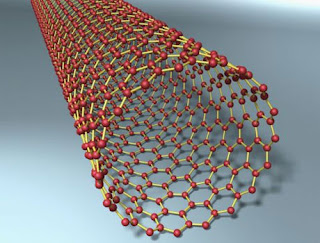Fortunately, I’m bright enough to evaluate this extraordinary new method:
http://www.sciencedaily.com/releases/2011/09/110913103211.htm#.TnDL-iVvIQs.mailto
There are vague mentions in the literature of myelination in CRPS, but researchers are so busy trying to figure out how to pill CRPS — a highly pillable disease — that such mechanistic issues get surprisingly little play.
Myelin is the protective sheath of fat that keeps your neurons safe and warm, so they can do their work. Without myelin, your nerves can’t fire properly — or else they can’t stop firing. They need the myelin sheath. Little kids need to take in a certain amount of cholesterol so their growing bodies can build good myelination. Demyelination, that is, the loss of that sheath, is most famously known for its role in Lou Gherig’s disease.
I’ve long suspected that demyelination is both an important sign of disease progress and a powerful contributing factor to further degeneration of the peripheral, if not the central, nervous system in CRPS. However, there’s not much in the literature, probably because it’s a useless treatment marker in someone who’s beyond treatment.
This brings us to the particularly delightful issue of finding corpses to study, since until now we could only check myelination after autopsy, and those who donate their bodies to science are filed under what took their lives.
People with CRPS develop heart disease, cardiovascular disease, bleeding disorders, organ failure, vision impairment, and staggering depression as a direct consequence of CRPS. However, when they drop dead, get struck by a bus they couldn’t see, or take their own lives, we don’t say “They died of CRPS.” We say, “They died of heart disease, organ failure etc., traffic accident, or suicide” (– if we’re feeling kindly, “or depression.”)
Thus, there’s no way to identify the actual mortality rate of CRPS, although there unquestionably is one.
Diabetes, cancer, and AIDS get more dignity than this. I’d like to see our mortality rate properly attributed, not swept under the enormous rug of opportunistic conditions. This would contribute hugely to better medicine.
Doctors hate seeing patients hurt, but after awhile they can turn away from that, in order to drag themselves back to the office; they hate to see them die on their watch, and it makes them apply upward pressure on the reimbursement and legislative aspects of the care system.
There’s nothing like a mortality rate among those in their “productive years” to make legislators sit up and take notice.
I started nursing within a decade of the first AIDS diagnosis; my first job was on an AIDS unit. I’ve seen it work.
Let’s get our deaths properly attributed. It’s one last gift we can give our compatriots as we head out the door. I’m going to put it in my will.



